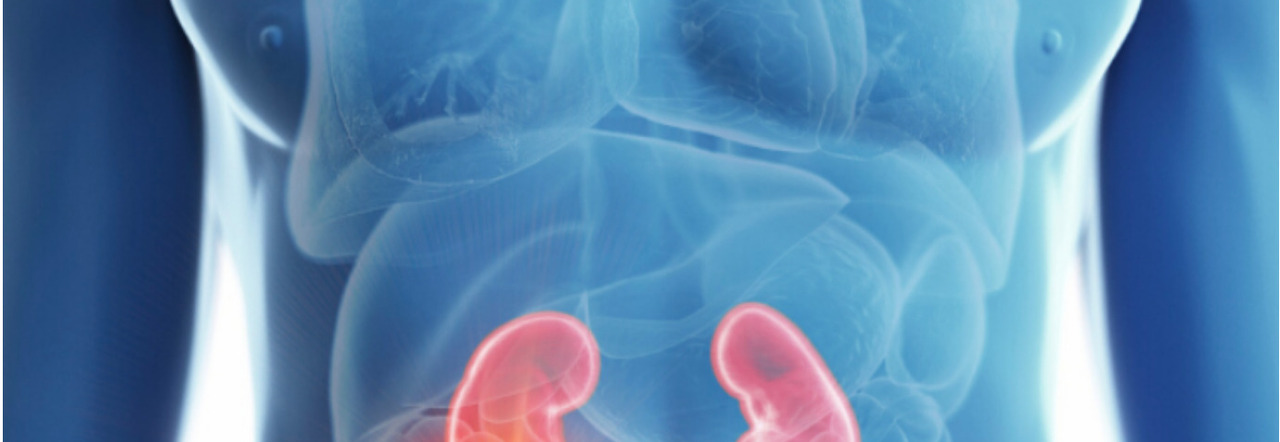The Growing Challenge of Cancer in Italy and Europe: The Importance of Prevention, Screening, and Communication

Wednesday 17 April 2024, 20:16
3 Minutes of Reading
Cancer is increasingly a treatable disease, but its incidence and mortality do not show signs of decreasing in Italy and Europe. In fact, after the pandemic emergency and the consequent decrease in screening and prevention activities due to Covid, there has been an increase in cases and diagnoses made at more advanced stages of the disease, reducing the chances of successful treatment.
This is also compounded by inadequate communication from oncology specialists to the at-risk population. In the front of genitourinary tumors (prostate, kidney, and bladder), there are 1 million cases in Italy, of which 100,000 are in Campania. Prevention, screening, and access to new treatments are essential. Highlighting the role of communication leverage in oncological pathologies affecting the prostate, kidney, and bladder is "Onconnect", a scientific event scheduled in Naples on April 18 and 19 at the Hotel Royal Continental, attended by the leading clinicians in Italy.
"The world of genitourinary oncology, specifically dealing with lesions of the prostate, kidney, and bladder, has seen radical changes in recent years thanks to more effective treatment approaches - warns Luigi Formisano, the scientific head of the Naples event, a young professor of Medical Oncology at the University of Federico II in Naples - new diagnostic pathways and new therapies have allowed an improvement in outcomes transforming the prognosis of the disease and, consequently, the patients' experience in managing the disease. However, the world around us has changed. Technology and social media have radically and forever altered our way of relating to others. Today, it is possible to access information in a multitude of different ways, and while this has generated new opportunities and contributed to enriching the patient's knowledge base, it has made it difficult to navigate without a compass in a sea of different solicitations, sometimes only partially true, other times blatantly false and misleading."
Hence the need to shine a light on the importance of communicating adequately in an increasingly complex scenario, where fake news proliferates, and the time for the doctor-patient relationship is reduced. "Today, these aspects represent a significant difficulty in clinical practice - adds Formisano - communication in oncology is not only central in the relationship with the patient but also in the relationship among peers and in the use of new media available to the scientific community."
ONCOnnect thus emerges as a moment of training for oncologists dealing with genitourinary tumors and is designed to take stock of new treatments but also the challenges related to communication to provide concrete and practical answers to the main needs of patients and the population, focusing on the tools of emotional intelligence in the doctor-patient relationship, the use of social media, and peer-to-peer communication. The new profile of patients in light of research successes, effective doctor-patient communication in genitourinary tumors, interactive clinical cases, communication among peers and with institutions, fake news, and communication with traditional media, combating misinformation on social media. And then the management of the patient with metastatic kidney cancer, clinical scenarios in prostate cancer, communicative approach in new available treatments and the chronicization of the disease, the clinical reality of bladder cancer, and the possibilities of treatment are the themes around which the scientific event in Naples is designed innovatively, where great experts in various areas of communication will take turns on stage, and clinicians will have the opportunity to exercise as protagonists in various scenarios of clinical practice and refine their communication skills with patients, with the aim of stimulating the use of more effective tools to more quickly attune to patients, in the clinical-therapeutic pathway of patients.
© ALL RIGHTS RESERVED
This article is automatically translated
This article is automatically translated
